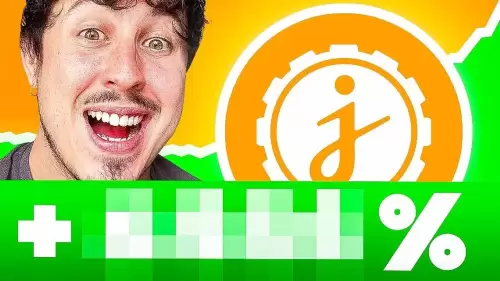Explore the convergence of trading cards, NFTs, and collectibles as they transform into viable digital assets, attracting investors and reshaping the future of ownership.

Trading cards, NFTs, and collectibles are converging into a dynamic asset class, fueled by technological advancements and shifting investor perceptions. This article dives into the key trends and insights shaping this evolving landscape.
The Rise of Real World Assets (RWAs)
In 2023, the Real World Asset (RWA) market exceeded $3 billion, signaling a significant move toward tokenizing physical assets. Major financial institutions like BlackRock and Franklin Templeton are entering the RWA space, recognizing its potential for innovative financial mechanisms such as collateralization and fractional ownership. Analysts project the RWA market to reach $10 trillion by 2030, encompassing assets like real estate, equities, and collectibles.
Trading Cards as Alternative Investments
The trading card segment, particularly Pokémon cards, is experiencing rapid growth. Rare editions can fetch tens of thousands of dollars, transforming them from mere toys into serious assets. The integration of NFT technology is further accelerating this trend, with platforms emerging to connect physical collectibles with blockchain infrastructure.
Platforms Bridging NFTs and Physical Assets
Several platforms are revolutionizing the trading card experience by linking physical collectibles with blockchain technology:
- Holos: Transforms high-value trading cards into NFTs, allowing users to own, trade, and request physical delivery. It offers a user-friendly onboarding process, making it accessible to Web2 users.
- Courtyard.io: Converts Pokémon and sports cards into NFTs, providing secure custody through Brink’s. It requires Web3 wallet connections, appealing to users familiar with blockchain technology.
- BOXED.gg: Focuses on a casual user experience with digital pack openings but lacks NFT or blockchain integration, making it suitable for entertainment rather than investment.
NFTs: More Than Just Expensive JPEGs
Despite initial misconceptions, NFTs represent a breakthrough in authentication, decentralized databases, and transparent value transfer. While the NFT market experienced a boom in 2021 followed by a decline, influential figures like Raoul Pal remain bullish, viewing art as “upstream of wealth.”
The Future of NFTs and Collectibles
NFTs serve a greater purpose than memecoins, offering unique engagement opportunities across various industries. Musicians are selling material as NFTs, and industries like casinos and VR are exploring potential use cases. As VR metaverses expand, NFTs could facilitate secure ownership of virtual assets.
FIFA's Blockchain Innovation
FIFA launched its own custom blockchain on Avalanche to enhance its online systems and fan engagement. This Layer 1 system allows FIFA to control its digital brand, offering fast and low-cost connections to users worldwide. The FIFA Collect platform enables fans to store and trade digital football collectibles, improving performance, security, and scalability.
Final Thoughts
From Pokémon cards to digital football collectibles, the world of trading cards, NFTs, and collectibles is evolving at warp speed. As technology continues to advance, we can expect even more innovative ways to collect, trade, and invest in these unique assets. It's an exciting time to be a collector, so buckle up and enjoy the ride!













































































